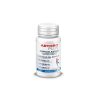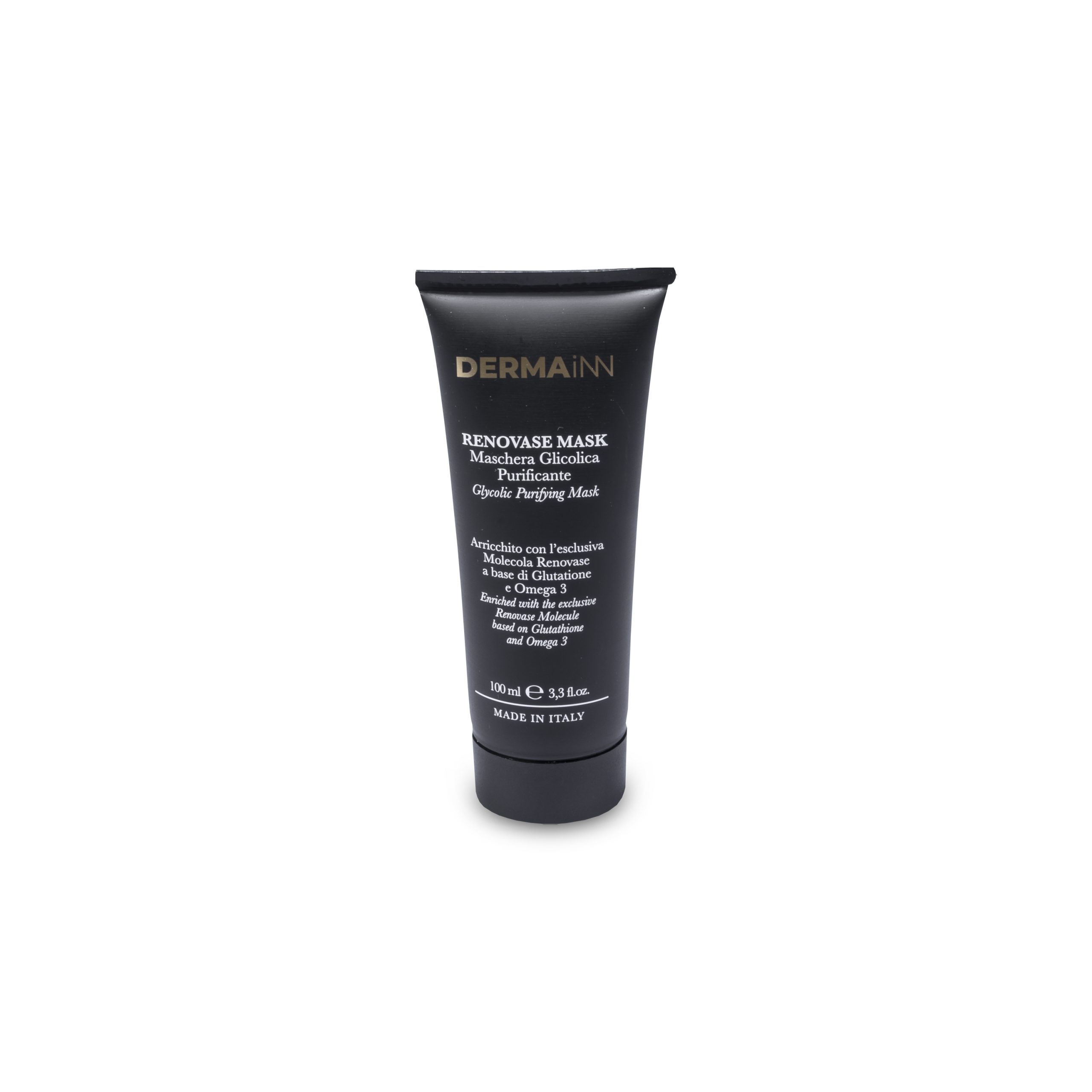- +39 0575 348113
- info@innbiotecpharma.com
- Join the chat
- From Monday to Friday from 8:30 to 13:00 and from 14:00 to 17:30








Arthro Plus
Arthro Plus
For the well-being of cartilage, joints and bones
Use: AFTER
Food supplement containing:
• Devil’s claw: joint function
• Boswellia: joint functionality and contrast to localized states of tension
• Vitamin E: contributes to the protection of cells from oxidative stress
• Vitamin D: muscle function
With Glucosamine, Chondroitin, Collagen and Glutathione.
Price:
Da €18.99
SKU
ACAR320
Categories Activeinn en, Home en
Tags ANTIAGING en, OSTEOARTICULAR WELLBEING, PHYSICAL ACTIVITY AND SPORT
Related products
-

Renovase Conditioner Gold
Da €16.99 Select options This product has multiple variants. The options may be chosen on the product page -

Renovase Beard Balm
Da €13.99 Select options This product has multiple variants. The options may be chosen on the product page -

Renovase Lenitive Gold
Da €19.99 Select options This product has multiple variants. The options may be chosen on the product page -

Renovase Beard Wash
Da €12.99 Select options This product has multiple variants. The options may be chosen on the product page -

Tisana tonificante
Da €25.00 Select options This product has multiple variants. The options may be chosen on the product page -

Renovase Mask Gold
Da €18.99 Select options This product has multiple variants. The options may be chosen on the product page
TERMS OF SALE
FURTHER INFORMATION
PAYMENT METHODS
SEND US A MESSAGE
Copyright © 2024 – INNBIOTEC PHARMA srl – P.I. 06109520483 – Site created by Numerouno ict


